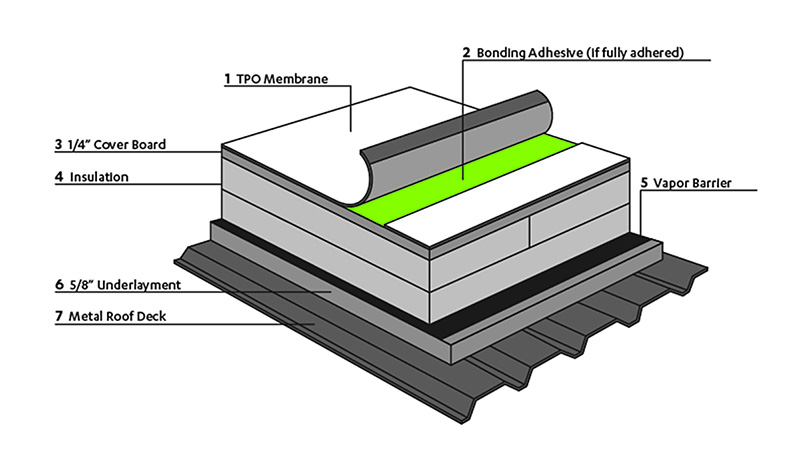Water vapor can pass through building materials in several ways including direct transmission and by heat transfer but studies suggest that fully 98 percent of the moisture transfer through walls occurs through air gaps including cracks around electrical fixtures and outlets and gaps along baseboards.
Vapor barrier options for roofing.
Another option for the roofing system is to recognize a hardboard or sheathing layer can be a vapor open air barrier.
The science of moisture movement.
A vapor retarder is a material used to prevent water vapor from diffusing into the wall ceiling or floor during the cold winter.
A gypsum fiber board has a perm rating of approximately 24 to 30 perms depending on thickness and if this board is fastened to a steel deck and the joints and transitions are taped it could be an effective air barrier that.
It is frightening indeed that construction practices can be so dramatically.
The purpose of vapour barriers.
Vapor barriers are also a cold climate artifact that have diffused into other climates more from ignorance than need.
To know if you need a vapor retarder ask yourself a few basic questions.
Whether or not you need a vapor retarder hinges on three main factors your climate your home and the location of the wall you re insulating.
Thus installing vapor barriers on wall surfaces must.
A vapour barrier is an important component in building construction.
Its purpose is to help prevent water vapour from reaching building walls ceilings attics crawlspaces or roofs where it can condense and cause building materials to rot or grow mould.




























